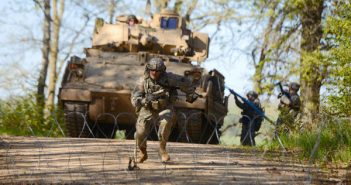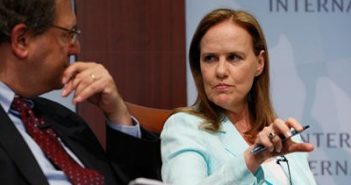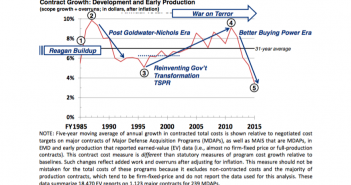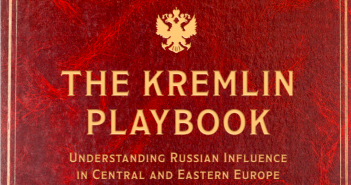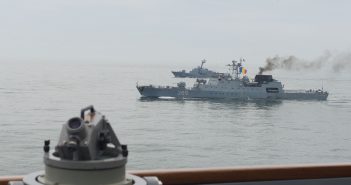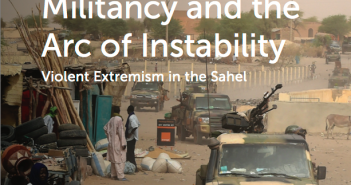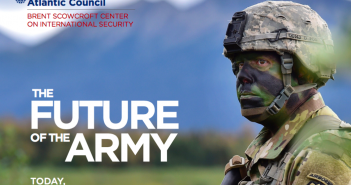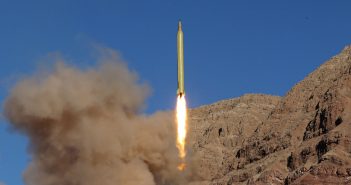Your single destination for high-quality content from top think tanks around the world. Fresh reports and analysis as they are released to ensure valuable thought leadership work isn’t lost in the daily noise.

CNAS: Power and Order in the South China Sea
Despite numerous calls for a more cooperative relationship, U.S.-China ties appear to be on an increasingly competitive trajectory. Nowhere has this seemed more apparent than in the South China Sea, where rising tensions have been sowing concern throughout Southeast Asia about the durability of order in the Asia-Pacific region.


